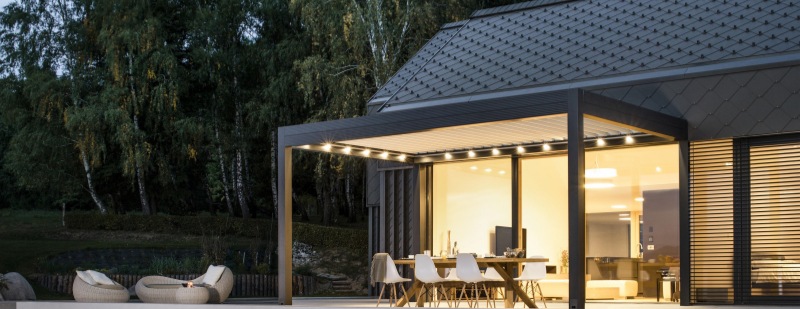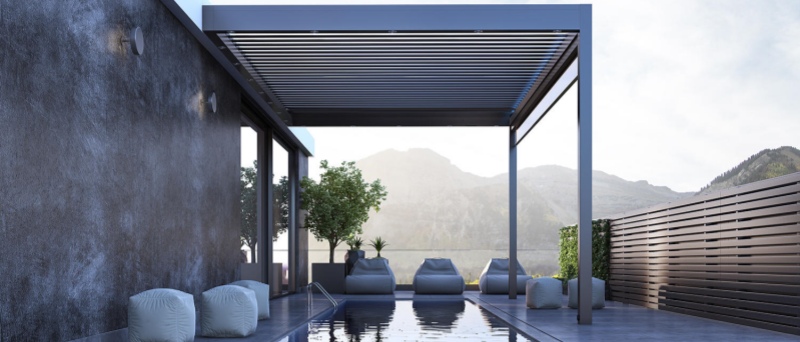
Designing the Perfect Backyard Pergola for Your Outdoor Oasis
2024-11-08Understanding the Purpose of a Backyard Pergola
Creating Shade and Comfort
Aesthetic Value
Outdoor Functionality
Choosing the Right Materials for Your Pergola
Wooden Pergolas
Metal Pergolas (Aluminum, Steel)
Combination Materials
If you want the best of both worlds, consider a hybrid pergola made of both wood and metal. The combination of the warmth of wood and the modern, sleek look of metal creates a unique aesthetic that can suit various design preferences. For example, you might have a wooden frame with metal beams, or vice versa. This blend can be customized to match your backyard’s overall style, offering durability without compromising on beauty.

If you want the best of both worlds, consider a hybrid pergola made of both wood and metal. The combination of the warmth of wood and the modern, sleek look of metal creates a unique aesthetic that can suit various design preferences. For example, you might have a wooden frame with metal beams, or vice versa. This blend can be customized to match your backyard’s overall style, offering durability without compromising on beauty.

Factors to Consider When Designing Your Pergola
Size and Scale
Style and Design
Functionality
Incorporating the Pergola into Your Overall Landscape Design
Integration with Garden and Landscaping
Adding Plants and Greenery
Outdoor Furniture and Decor
Steps to Install Your Backyard Pergola
Planning and Preparation
Choosing Between DIY and Professional Installation
Installation Process
Maintenance Tips for Your Backyard Pergola
Wooden Pergola Care
Metal Pergola Care
Seasonal Care
Conclusion


